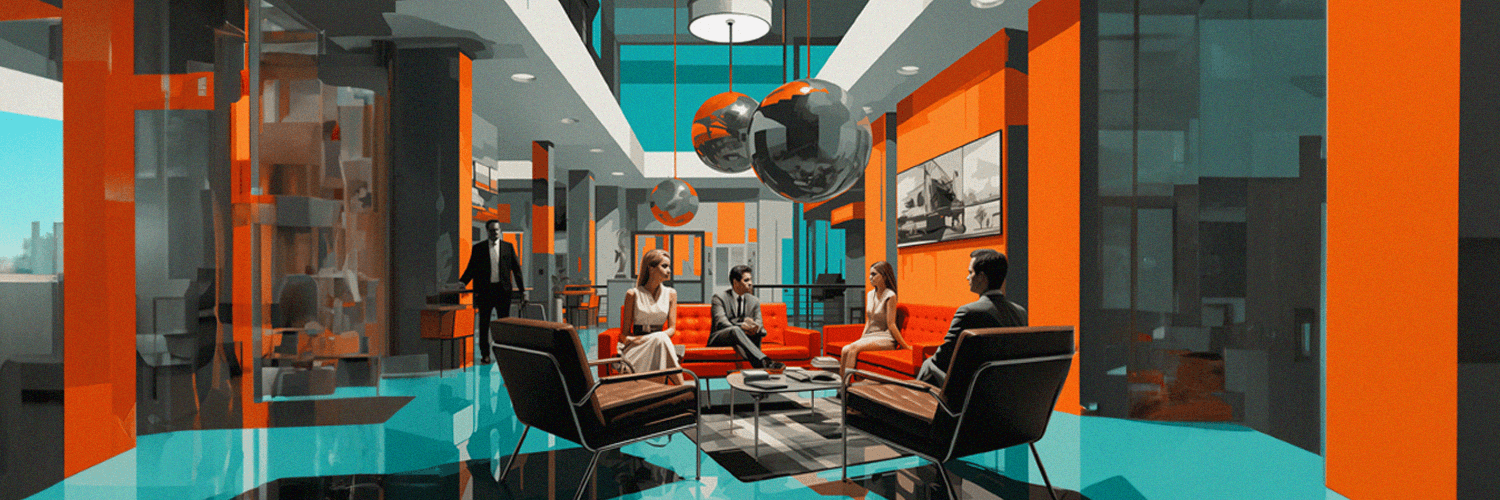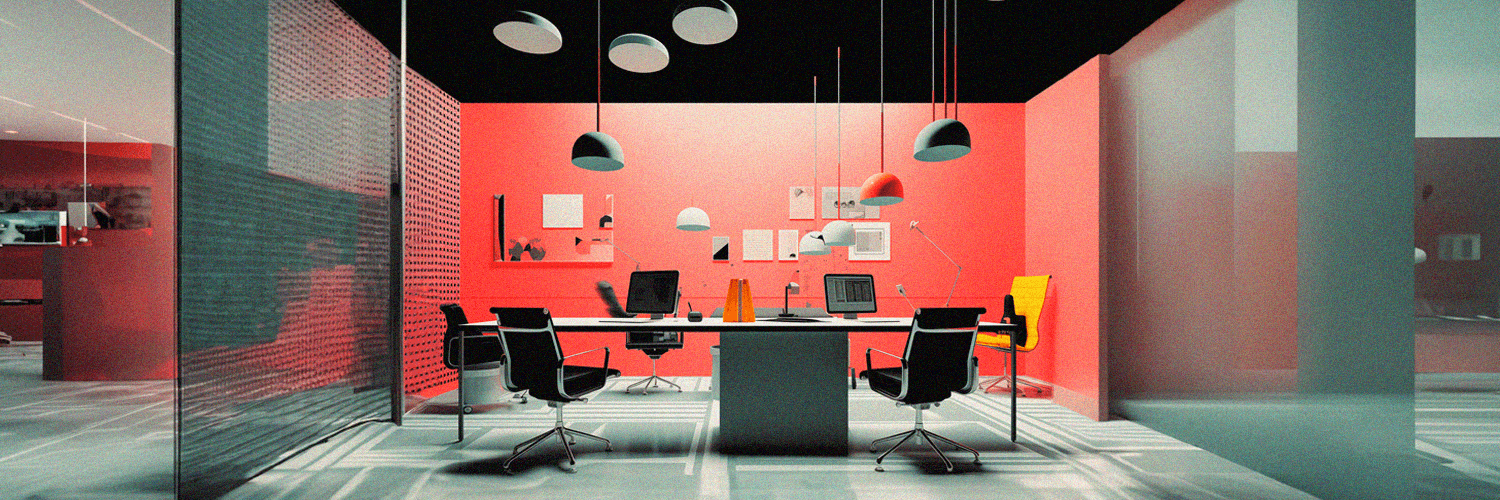In the lightning-fast business world we live in, sticking with outdated software is more than just a risky move—it’s a hidden drain on your entire operation. Sure, it may feel comfortable to keep using what you know, but the true cost of clinging to aging systems goes way beyond the initial price tag. From stifled growth to mounting inefficiencies, unforeseen expenses are just hiding beneath the surface. Ready to uncover the real impact of outdated software and learn when it’s time to make the switch? Let’s dive in!
TL;DR:
- Fear of change: Many businesses hold on to outdated software due to fear of disruption, comfort with familiar systems, and perceived high costs of upgrading.
- Hidden costs: Outdated software leads to inefficiencies, frequent system downtime, security risks, and higher IT and maintenance costs.
- Cybersecurity risks: Older systems lack the latest security updates, making businesses vulnerable to costly cyberattacks and data breaches.
- Workforce impact: Outdated software frustrates employees, decreases morale, limits collaboration, and harms productivity, leading to higher turnover.
- Reputational damage: Relying on legacy systems stifles innovation, scalability, and talent acquisition, and affects how customers and potential hires view your business.
- Time to upgrade?: If your current software no longer meets business needs, is hard to scale, or is affecting productivity, it’s time to consider upgrading.
- Buy vs. build: Building software in-house offers customization and control but is costly and time-consuming. Buying ready-made solutions like Yarooms can offer a faster, scalable, and secure option with lower upfront investment.
Why Do Businesses Stick with Outdated Software?
Businesses often hold on to outdated software for various reasons: fear of disrupting operations, familiarity and comfort, the belief that new software is too costly and challenging to implement, or simply a resistance to change. Sometimes, decision-makers underestimate the true cost of sticking with older technology, seeing only the upfront savings.
According to Forbes, the reasoning behind the hesitation to upgrade include:
- Fear and risk of disruption: Replacing legacy software can disrupt operations, leading to uncertainty. So, this fear of business interruptions keeps companies from migrating to modern systems.
- Familiarity and comfort: Employees are used to the current system, and leadership may fear that changing it will lower morale and productivity. Training on new software also requires time and effort that some businesses are unwilling to invest.
- Customization and migration challenges: Legacy systems are often heavily customized to meet specific business needs. Companies worry that migrating to a new system will be complex and disruptive, given the tailored nature of their existing solution.
- The cost of investing in a new system: Many businesses resist upgrading to a new software system due to the significant upfront capital investment required. This includes the cost of purchasing new software licenses and other supplementary expenses. For some, these initial costs seem too high, discouraging them from moving forward with modernization.
- Regulatory compliance: Some businesses depend on their legacy systems to meet strict regulatory requirements. Concerns about compliance and legal risks often lead them to postpone software upgrades, fearing complications during the transition.
Unfortunately, for all these, there might be a toll to pay, which isn’t always obvious.

The Hidden Costs of Outdated Workplace Software
The financial toll of outdated software isn't always apparent. Many of the expenses are buried in inefficiencies, maintenance, and security risks that can drag down your bottom line. Some examples include:
- Cybercrime costs: The global damage costs due to cybercrime are projected to reach $10.5 trillion annually by 2025. Outdated software is particularly vulnerable, as it often lacks the latest security updates and patches, making businesses easy targets for cyberattacks.
- Data breach costs: The average cost of a data breach is estimated at not less than $4.88 million in 2024, which can be devastating for businesses relying on outdated systems that do not receive regular security updates.
- Operational costs: Automation redesigns can reduce operational costs by up to 20%, while newer systems can increase productivity by approximately 6% annually.
- Lack of innovation: 80% of organizations agree that inadequate or outdated technology is holding back organizational progress and innovation efforts. In fact, 94% of C-suite executives believe legacy infrastructure is greatly hindering their business agility.
- IT budget allocation: Businesses typically allocate around 75% of their IT budget to maintaining outdated technology, which can drain resources that could be better spent on innovation.
Upgrading to modern software solutions is not just a matter of convenience; it is essential for maintaining competitiveness and operational efficiency in today's fast-paced business environment. Let’s understand why.
IT and Maintenance Costs
Older software often requires more attention from your IT department. Patches, workarounds, and frequent repairs become the norm. The result? Your IT team spends valuable time troubleshooting instead of focusing on innovation or improving your business’s tech infrastructure.
Frequent System Downtime
Legacy systems are prone to crashes, which leads to unplanned downtime. Every minute your systems are offline is a minute of lost productivity, delayed projects, and frustrated customers. Frequent downtime also hurts your credibility with stakeholders.
For example, in every sector surveyed here, an hour’s unplanned downtime now costs the manufacturer at least 50% more than it did two years ago. Consequently, every minute that systems are offline equates to lost productivity, delayed projects, and frustrated customers. Frequent downtimes can erode trust with stakeholders, including investors and clients. A company that cannot maintain operational continuity risks its reputation and future business opportunities.
Poor Integration Capabilities
As technology advances, integrating outdated software with newer platforms becomes more difficult, if not impossible. Outdated systems often create data silos where information is trapped in isolated systems, making it difficult for teams to access and share crucial data. This fragmentation leads to inefficient workflows and can stifle collaboration across departments and hampers the ability to streamline processes. For example, if accounting software cannot easily connect with inventory management systems, it can lead to errors in financial reporting, affecting decision-making and operational efficiency.
Lack of Support
Older software may no longer be supported by vendors, meaning no new updates or bug fixes. This leaves you vulnerable to unresolved issues and limits your ability to keep pace with competitors who are leveraging newer, better-supported systems.
Security Costs
One of the most significant costs of outdated software is its vulnerability to security threats. Unsupported software lacks vital security patches, putting your business at risk of cyberattacks, data breaches, and compliance failures.
Regulatory Compliance Risks
Many industries require businesses to meet strict regulatory standards such as GDPR or CCPA. Left unchecked, businesses that continue to rely upon obsolete software to handle sensitive data can be faced with heavy fines and legal action if they fail to comply with government and industry regulations. In fact, GDPR fines can cost a business up to 4% of its revenue.
Increased Vulnerability to Cyber Attacks
Cyber attackers often target older software because it lacks the latest security features. The cost of a data breach in 2024 reached a staggering $4.88 million, as reported by IBM's Cost of Data Breach Report outweighing by far the cost of upgrading to secure software.
Inefficiency Costs
Outdated software frequently limits productivity and innovation. It slows down processes and requires employees to use inefficient workarounds to get the job done, leading to frustration and wasted time.
Limited Customization Options
Older software is often rigid, offering limited customization to meet your business’s evolving needs. Modern software, on the other hand, can be tailored to fit specific workflows, enhancing both efficiency and user satisfaction.
Incompatibility with Modern Devices
As workplaces adopt modern devices like smartphones, tablets, and advanced desktops, older software may fail to function properly on these platforms. This limits your team’s ability to work flexibly and on-the-go, reducing overall productivity.
Inability to Leverage Data Analytics
Data-driven decision-making is crucial in today’s business world, but many older systems lack robust analytics capabilities. Without access to real-time data insights, your business could be missing opportunities to improve processes or spot emerging trends.
Difficulty in Scaling
Growing businesses require scalable solutions, but outdated software often lacks the flexibility to grow with your company. This forces businesses to invest in expensive workarounds or additional systems, further increasing costs.
Workforce-Related Costs
Outdated software not only affects your bottom line but also takes a toll on your workforce.
Employee Frustration and Decreased Morale
Working with slow, outdated systems can be demoralizing for employees. In a survey by Salesforce, 52% of C-suite members believe their corporate technology is working effectively, compared to just 32% of employees reporting that outdated technology negatively impacts their morale and job satisfaction. It wastes time (70% of employees spend almost 20 hrs/week chasing information across different technologies instead of doing their job), causes frustration, and hinders their ability to do their jobs effectively. Over time, this can lead to disengagement, decreased productivity, and higher turnover.
Reduced Collaboration Capabilities
Modern workplaces thrive on collaboration, but older software can limit teamwork by making it harder to share information and work together in real-time. Employees are left frustrated by inefficient communication and manual processes. For example, simple tasks can take much longer than necessary, causing frustration and forcing employees to develop workarounds. This chronic struggle with clunky software leads to decreased efficiency and increased operational costs.
About 21% of employees report that they would consider leaving their jobs due to outdated technology, indicating a direct link between software quality and employee retention. Not only do organizations using outdated systems struggle with adaptability, but their rigidity can lead to a culture of frustration rather than collaboration. This can hinder recruitment efforts and increase turnover rates, having a big impact on their reputation.
Reputational Costs
Holding onto outdated software can also harm your reputation, both internally and externally.
Stifled Innovation
Legacy software limits business innovation by lacking automation and features that support new initiatives, causing companies to miss opportunities to gain a competitive edge. Additionally, it reduces organizational agility, making it difficult to quickly adapt to changing market conditions and customer needs. Legacy systems also hinder scalability, creating obstacles to business expansion.
Difficulty in Attracting and Retaining Talent
Top talent seeks out companies that invest in modern, efficient tools. Outdated software can negatively affect brand reputation and perception of a business, especially among consumers who expect businesses to leverage the latest tech to create a unified engagement and user-friendly experience. You also risk losing skilled workers to competitors who offer better technology and a more forward-thinking work environment.
For those still determining if now is the time to transition to a modern workplace software solution, here are a few areas they should investigate.

How Do You Know It Is Time to Replace or Upgrade?
According to an Accenture survey of more than 1,000 C-level executives, a significant majority say technical debt severely limits their IT function’s ability to innovate (70%), greatly limits their ability to migrate to new technologies (72%), and makes their IT function much less responsive to changes in the market (69%).
So, If you’re in the process of considering replacing or updating an existing workplace software, it's important to assess if the current system meets all business needs or has gaps in functionality that slow productivity and growth. Examine whether the software can support the business as it scales, including handling more users and data, and if it offers the flexibility needed to foster innovation. Additionally, key factors like company objectives, budget, future growth plans, vendor reputation, software support, integration capabilities, and development pipeline should be weighed before deciding on a new solution.
The Role of IT Leadership in Software Upgrades
IT leadership plays a crucial role in identifying the right time for an upgrade. They should assess the current software landscape, understand future business needs, and make a strategic case for replacing outdated systems before they start hurting productivity, security, or compliance. You should consider empowering your IT department as they play a major role in this equation.
Modern Workplace Management Software: Build In-House or Buy?
When deciding between building or buying a hybrid workplace app, both options come with distinct advantages and drawbacks. In-house software development offers several advantages, including full control and customization, streamlined communication, intellectual property protection, and the ability to respond quickly to changing needs. However, it also comes with challenges such as higher upfront costs, difficulties in acquiring and retaining skilled talent, limited expertise compared to specialized firms, and scalability concerns when project demands fluctuate.
On the other hand, purchasing off-the-shelf hybrid workplace software offers several advantages, including cost-effectiveness, access to specialized skills, and faster time to market due to established external processes. For example, a modern workplace experience solution like Yarooms provides a cost-effective, scalable solution that can be customized to meet specific needs while offering ongoing support and updates.
Many businesses adopt a hybrid approach, keeping core functions in-house while outsourcing specialized projects to balance cost, quality, and flexibility. Ultimately, the decision hinges on your budget, timeline, and the specific needs of your organization.
Yarooms Workplace Experience Platform
For businesses looking to buy, Yarooms offers a modern, cloud-based workplace experience platform that is highly customizable, secure, and user-friendly. Designed to empower organizations to create thriving work environments, the platform offers a comprehensive suite of tools to enhance every aspect of the employee experience: desk reservation and meeting room booking, hybrid work scheduling, visitor management, wayfinding, and more. On top of that, it provides extensive workplace analytics to streamline workplace management decisions.
Yarooms leverages cutting-edge technology to offer an intuitive, scalable, and customizable workplace experience platform that empowers companies to navigate the complexities of today's workplace environment. The platform can easily integrate with other tools while offering top-tier security features. It’s a scalable solution that can grow with your business and helps you stay ahead of technological trends.
Wrapping Up
Sticking with outdated software can cost your business far more than just the upfront price. Hidden expenses like inefficiencies, security vulnerabilities, employee frustration, and damage to your reputation can take a serious toll. Upgrading to a modern workplace software solution can supercharge your efficiency, boost morale, and shield your company from future risks—keeping you ahead of the game.


.png)









